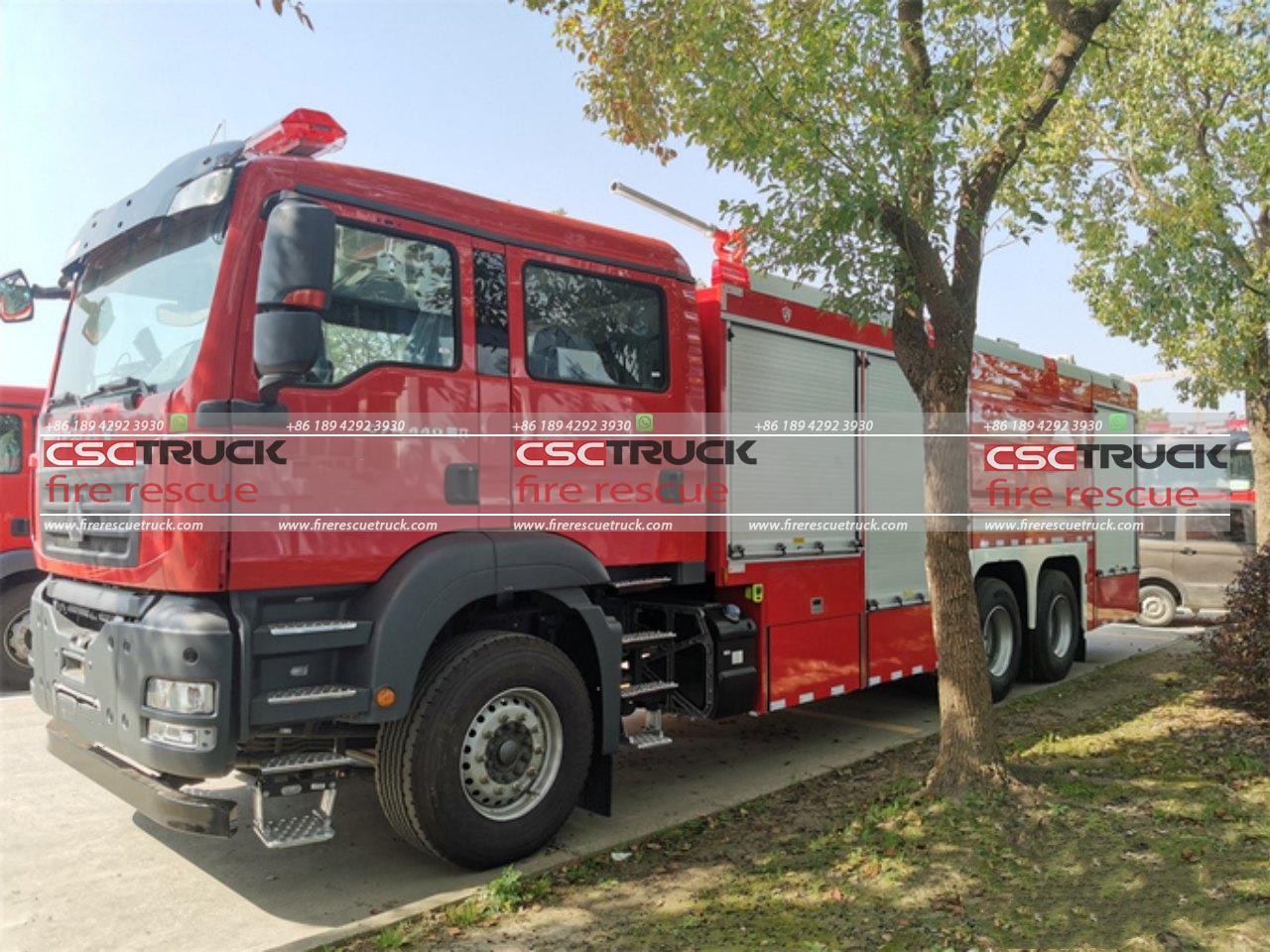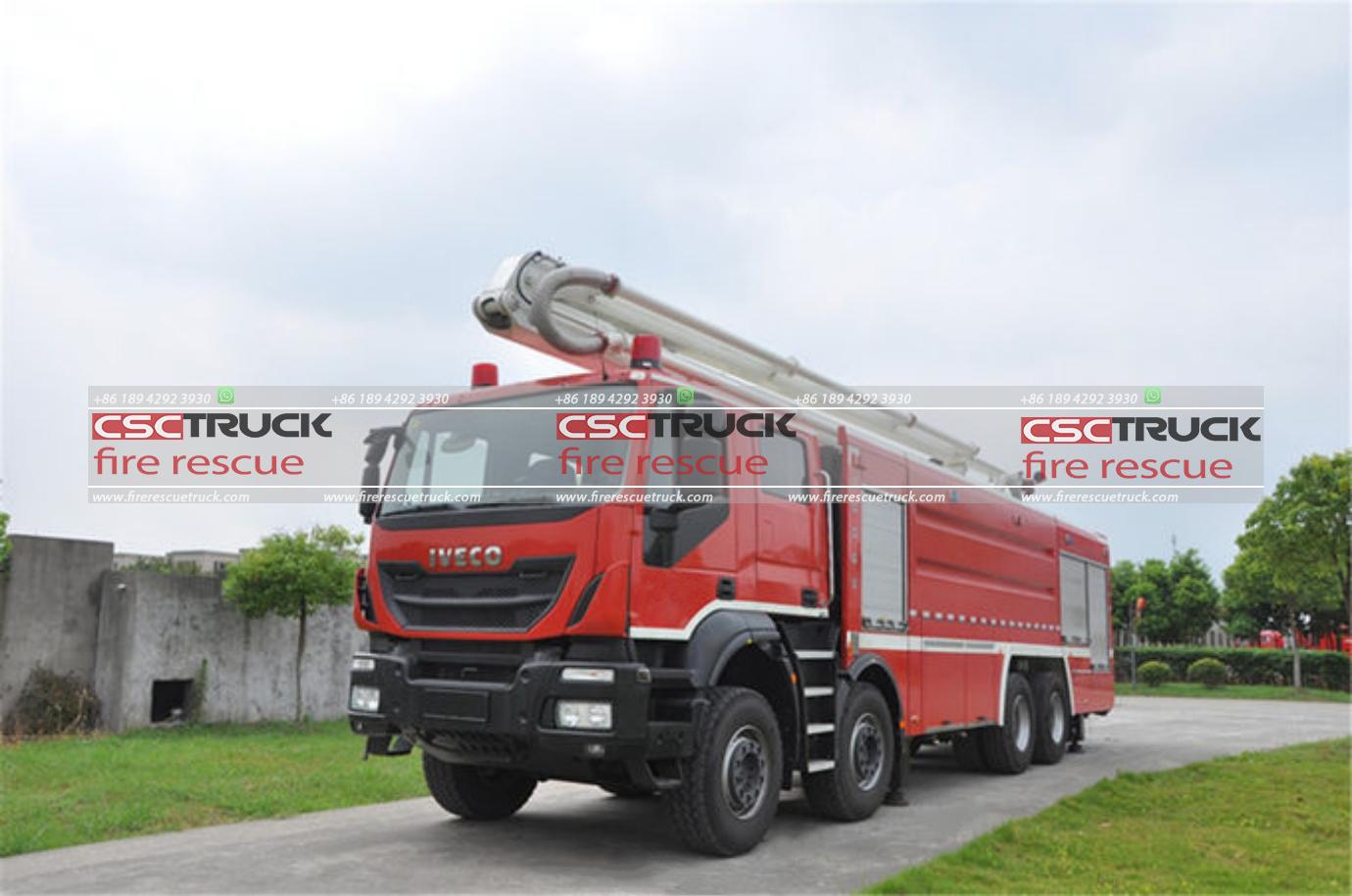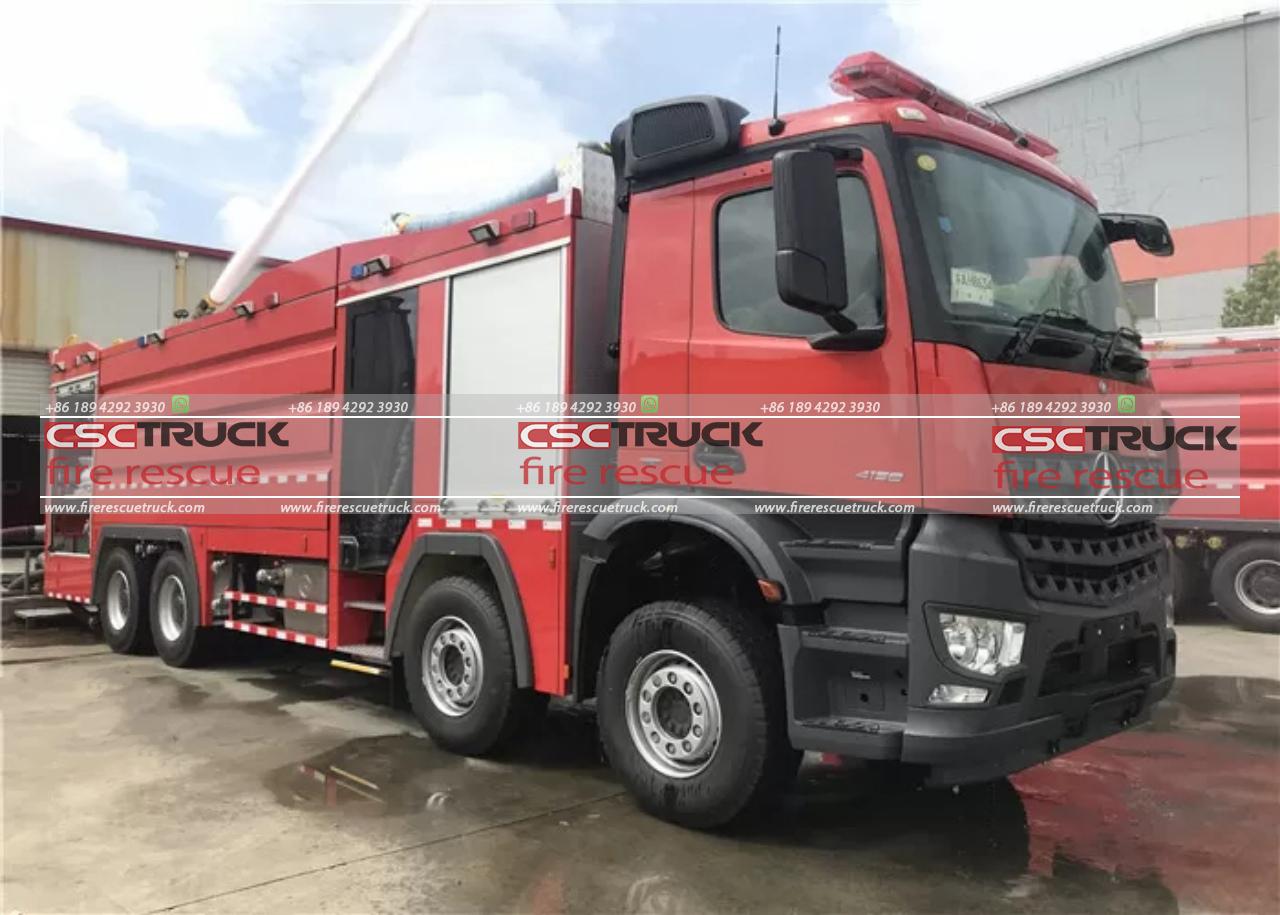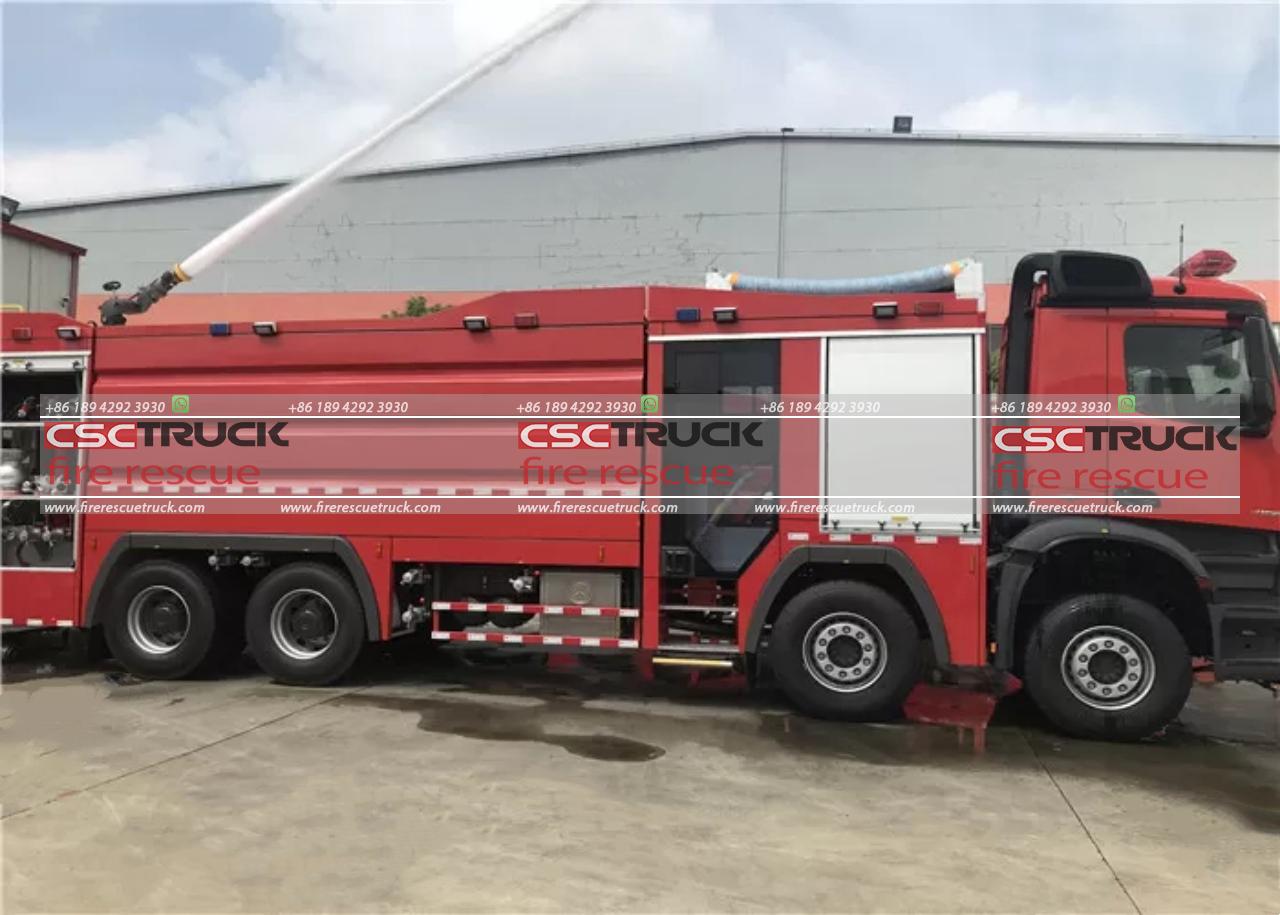What Do You Call a Small Fire Truck?
When you think of a fire truck, the image that often comes to mind is a massive, red vehicle racing down the street, sirens blaring, equipped with ladders and hoses to fight large fires. However, firefighting equipment comes in many different forms, and not all fire trucks are massive. There are smaller, more agile vehicles designed for different situations where a full-sized fire truck might be overkill or impractical. These smaller fire trucks serve an essential purpose in modern firefighting strategies. But what do you call a small fire truck, and what role does it play?
The Terminology Behind Small Fire Trucks
Small fire trucks are often referred to by different names depending on their specific function, design, and region. Some of the common terms for small fire trucks include:
1. Mini Pumper
2. Quick Attack Vehicle
3. Brush Truck
4. Rescue Truck
5. Utility Fire Truck
Each of these vehicles has a particular role in the firefighting arsenal, with specific design characteristics that set them apart from their larger counterparts. Let’s dive deeper into each of these vehicles to understand what they are used for and why they are essential in certain scenarios.

Mini Pumper
A mini pumper is one of the most common small fire trucks. As the name suggests, it is a compact version of the larger pumper fire trucks used by most fire departments. Mini pumpers are primarily designed to be fast, mobile, and maneuverable, which makes them ideal for responding to emergencies where access might be difficult for a larger truck.
While they are smaller in size, mini pumpers still come equipped with a water pump, a small water tank, and hoses to engage in firefighting efforts. Typically, they are used for smaller fires or as the first responders to a scene until larger equipment can arrive. Mini pumpers are also useful in urban environments where navigating narrow streets, alleyways, and congested areas is crucial.
Many mini pumpers have 4×4 capabilities, making them effective in rural areas or locations with rough terrain. Although they may not carry the extensive equipment of a full-size fire engine, their agility, and speed often make them one of the first vehicles dispatched to smaller fire incidents or medical emergencies.
Quick Attack Vehicle
A quick attack vehicle (QAV) is another term often used to describe a small fire truck, but it refers to a more versatile, multipurpose design. Quick-attack vehicles are equipped to handle a variety of emergencies, including fires, rescues, and medical incidents. They are designed to get to the scene quickly and start immediate actions, such as spraying water or foam on a fire or administering basic medical care before more specialized units arrive.
Quick-attack vehicles are often outfitted with a compact water tank, hoses, medical equipment, and basic rescue tools. They’re smaller and more maneuverable than full-sized fire trucks, which makes them ideal for situations where response time is critical. Many fire departments use QAVs in their fleet for a variety of emergency scenarios, especially in rural areas where distances between fire stations and incidents can be significant.

Brush Truck
A brush truck, also known as a wildland fire truck, is designed for fighting wildfires or grass fires in rural or wilderness areas. Unlike urban fire engines, which are built to carry heavy loads of water and equipment, brush trucks are smaller and lighter, specifically designed for off-road use. They’re equipped with special tires, 4×4 systems, and sometimes even custom suspensions to handle rough terrain.
Brush trucks usually carry a smaller water tank, ranging from 200 to 400 gallons, but what they lack in water capacity, they make up for with mobility. These vehicles are often the first line of defense in a wildfire because they can access areas quickly that larger fire engines cannot reach. In addition to fighting fires, brush trucks are sometimes used to create fire breaks or perform reconnaissance missions in wildfire areas. Many are also equipped with foam systems, which can help extinguish flames with minimal water.
Brush trucks can come in many forms, from pickup trucks with firefighting equipment added to custom-built vehicles specifically designed for wildland firefighting. Fire departments in areas prone to brush fires or wildfires often rely on these smaller fire trucks to keep fires contained and protect homes, businesses, and natural areas.
Rescue Truck
Another category of small fire trucks is the rescue truck. While these trucks may not always be used to fight fires directly, they are critical for other emergencies, such as vehicle extrication, confined space rescues, and medical emergencies. Rescue trucks often come in smaller sizes to allow quick access to emergencies in hard-to-reach areas, such as narrow streets, wooded areas, or construction sites.
Rescue trucks are typically equipped with tools like hydraulic cutters (jaws of life), airbags, stabilization equipment, and even advanced medical gear. While larger rescue units exist, smaller rescue trucks are a valuable part of many fire departments’ fleets due to their versatility and speed. They may be deployed for situations where a larger fire engine or rescue truck wouldn’t fit or be necessary.

Utility Fire Truck
A utility fire truck is a generalized, multipurpose vehicle often used for tasks other than direct firefighting. These trucks may carry firefighters, equipment, and supplies, or be used to transport injured persons or other civilians during evacuations. They are usually more basic than pumpers or rescue trucks but still serve a vital role.
Utility fire trucks are often used for support roles during large-scale emergencies, but they may also be deployed in smaller incidents, depending on the situation. For example, they might carry additional foam for fire suppression, extra hoses, or specialized equipment for a particular kind of emergency. Their smaller size allows them to navigate areas where large fire trucks can’t go, which can be essential during natural disasters or large events where access is limited.
Why Do Fire Departments Use Small Fire Trucks?
The main advantage of using small fire trucks is their maneuverability and speed. In many emergency scenarios, time is of the essence. A large fire truck might take longer to reach a fire or emergency site, especially in urban areas with narrow streets or rural areas with rough terrain. Small fire trucks can often arrive first and begin immediate operations to contain a fire or provide medical attention.
Additionally, small fire trucks are cost-effective for smaller municipalities or volunteer fire departments that may not have the budget for a fleet of full-sized engines. By using a small fire truck, they can still maintain effective firefighting capabilities while keeping costs down.

Conclusion
Small fire trucks play a crucial role in modern firefighting. Whether it’s a mini pumper racing to the scene of a house fire, a brush truck battling a wildfire in a remote area, or a rescue truck responding to a car accident, these smaller vehicles are essential tools for fire departments around the world. Known by various names, including mini pumpers, quick attack vehicles, brush trucks, and rescue trucks, these versatile, agile machines can save lives and property when larger trucks might struggle to navigate the environment or arrive quickly.







